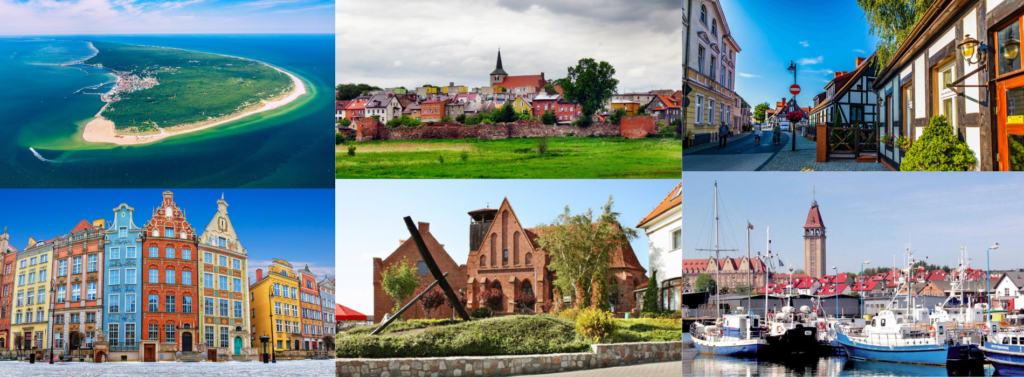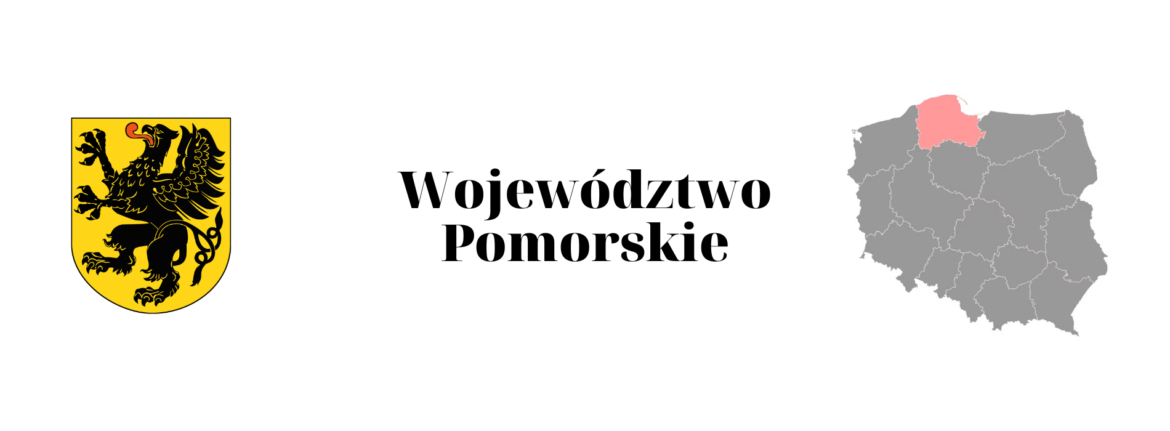Introduction
Nestled in the northwestern corner of Poland, the Pomeranian Voivodeship, also known as the Pomorskie Region, is a captivating blend of maritime traditions, historical significance, and cultural vibrancy. With the Baltic Sea to its north and the Vistula River weaving through, this region is a testament to Poland’s rich maritime heritage, especially evident in the cities of Gdańsk, Gdynia, and Sopot.
Gdańsk: The Jewel of the Baltic
Gdańsk, with its illustrious history as a major seaport since the Middle Ages, stands as a beacon of architectural and cultural grandeur. The city’s historic center is an enchanting maze of narrow cobblestone streets, flanked by Gothic, Renaissance, and Baroque masterpieces. Landmarks such as the St. Mary’s Church, one of the largest medieval churches in Poland, and the Royal Chapel, showcase Gdańsk’s architectural diversity. The city’s maritime legacy is intertwined with its role as a significant trade and cultural hub, with roots traced back to the reign of Mieszko I of Poland.
Gdynia: The Modern Maritime Marvel**
Emerging from a quiet fishing village to one of Poland’s major seaports, Gdynia’s transformation during the interwar period is nothing short of remarkable. Today, it’s a symbol of modern maritime Poland, bustling with commerce, culture, and education. The city’s shipyards, maritime museums, and the Dar Pomorza sailing ship anchored at the harbor, narrate tales of its seafaring legacy.
Sopot: Poland’s Seaside Playground
Sopot, often referred to as the 'Riviera of the North,’ is a luxurious seaside resort town. Famous for its therapeutic spas and the iconic Sopot Pier, the longest wooden pier in Europe, it offers a tranquil escape from urban life. The town’s vibrant nightlife, festivals, and sandy beaches attract tourists and locals alike.
Historical Tapestry of Pomerania
The Pomeranian Voivodeship has been a silent witness to the ebb and flow of empires, kingdoms, and wars. Parts of this region, especially around Słupsk, historically belonged to Farther Pomerania. The central parts, including the culturally rich Kashubia, are part of Pomerelia. The eastern bank of the Vistula, known as Powiśle, has historical ties to the region of Prussia, adding another layer to its diverse heritage.
Landmarks and Natural Beauty
Beyond its cities, the region boasts landmarks like the UNESCO-listed Malbork Castle, the world’s largest brick castle. The Museum of the National Anthem in Będomin pays homage to Józef Wybicki, the poet and politician who penned Poland’s national anthem. Nature enthusiasts can explore the Hel Peninsula, the Vistula Spit, and the Słowiński National Park, known for its shifting sand dunes.

Conclusion
The Pomeranian Voivodeship is a treasure trove of experiences. Its maritime traditions, historical landmarks, and cultural festivals make it a must-visit region in Poland. From the architectural wonders of Gdańsk to the serene landscapes of Sopot and the maritime prowess of Gdynia, the Pomeranian Voivodeship promises a rich and diverse journey for every traveler. Whether you’re delving into history, exploring maritime traditions, or simply soaking in the coastal beauty, this region offers a plethora of experiences waiting to be discovered.
